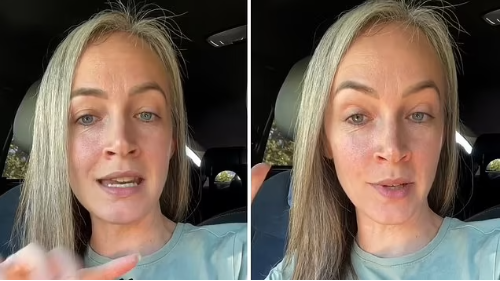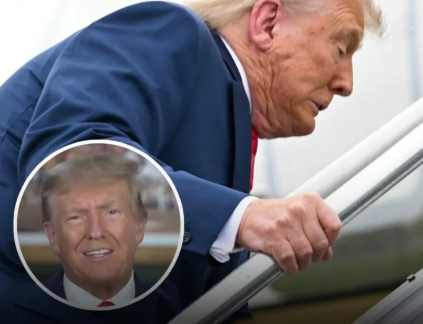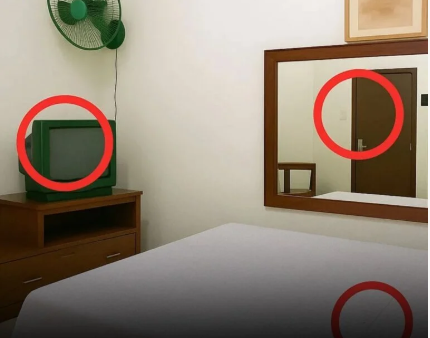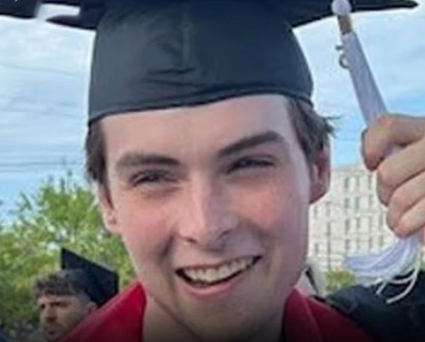When Emily Jane, a 36-year-old Australian mother, posted a makeup-free TikTok video asking viewers to guess her age, she expected curiosity, not controversy. The responses—ranging from 20s to 60s, with many pegging her in her 50s—left her “shocked” and sparked a viral conversation about gray hair, social media filters, and society’s warped perception of aging. Her story, first reported by Daily Mail and Viral Stories, challenges us to rethink beauty standards and embrace authenticity. Here’s what happened, why it matters, and how Emily’s experience reflects a broader cultural shift.
The Viral Video That Started It All
In April 2024, Emily, a Sydney-based TikToker, shared a barefaced video captioned, “Guess my age!” Showing her natural gray hair and slight under-eye bags from sleepless nights with her newborn, she invited viewers to estimate her age. The guesses were “wild,” she told FEMAIL. “I’m 56, my guess is you’re close to 47,” one commenter wrote. “I’m 42, I’d say you’re about 51,” another speculated. The most surprising? A viewer who thought she was 58, prompting Emily to ask in a follow-up video, “Do I genuinely look like I’m nearly at retirement age?”
Stunned, Emily revealed her true age: “I turned 36 last week.” Her gray hair, which she stopped dyeing during lockdown, was the main culprit. “I started going gray at 19,” she explained. “People assume I’m over 50 because of it.” Her candid response, viewed over 500,000 times per Viral Stories, resonated with many but also exposed a divide. Some praised her authenticity, with @SilverStrands on X posting, “Emily Jane’s embrace of gray hair is empowering!” Others, like @YouthObsessed, commented, “36 going on 60. It’s the hair aging her, but she’s still gorgeous.”
Why the Guesses Were So Off
Emily’s experience highlights how social media distorts perceptions of aging, especially for women. “Most people don’t know what a natural woman looks like anymore,” she said, pointing to filters, Photoshop, and cosmetic procedures that dominate platforms like TikTok and Instagram. A 2024 Journal of Media Psychology study supports this, finding that 70% of social media users overestimate others’ ages when unfiltered, due to exposure to digitally enhanced images. Emily’s bare face and gray hair—rare for her age group—challenged viewers’ expectations.
Her gray hair, a choice to “embrace authenticity” post-lockdown, was both celebrated and criticized. “I’ve never had any work done. This is what most 36-year-olds would look like without filters,” she told Daily Mail. Yet, some insisted her hair alone aged her. “It’s just the gray,” one TikToker commented. “Your skin is gorgeous.” This tension reflects a cultural bias: a 2023 AARP survey found 65% of women feel pressure to dye gray hair to appear younger, despite growing “silver hair” movements.
Emily also tied her appearance to motherhood, noting her eye bags from newborn sleeplessness. “I look normal,” she said, challenging the polished influencer aesthetic. Her video aligns with TikTok’s 2025 trend of “authentic storytelling,” per ContentGrip, where creators prioritize realness over perfection, resonating with Gen Z and Millennials who value inclusivity.
A Broader Cultural Conversation
Emily’s video isn’t just about age—it’s about how social media shapes self-image. “Do we have a warped perception of age based on what we see online?” she asked viewers. A 2025 Statista report shows 80% of TikTok users (2.5 billion monthly visits) are under 44, with 25% aged 18–24, meaning younger audiences often set beauty trends that skew toward filtered, youthful looks. This creates pressure for older users to conform, as Emily noted: “We’re all tired of trying to be 25 forever.”
Her story echoes others, like TikToker Mani Lisa Jane, who at 43 was mistaken for 20 due to her youthful appearance, per IGVOfficial. The contrast highlights society’s discomfort with natural aging versus curated youth. On X, @BodyPosiVibes wrote, “Emily Jane’s video is a wake-up call. Filters are ruining how we see real beauty.” Critics, however, argued she overreacted, with @RealTalk22 posting, “It’s just hair. People guess wrong all the time.”
Why Emily’s Story Matters
Emily’s embrace of her gray hair and unfiltered face challenges the $88 billion global anti-aging industry, per Statista 2024. Her video, part of TikTok’s “identity osmosis” trend, reflects users’ desire for authenticity, per ContentGrip’s 2025 report. By sharing her story, she empowers others to reject unrealistic standards, especially women facing societal pressure to “age gracefully” (read: invisibly). A 2024 Pew Research poll found 55% of women want more representation of natural aging in media, making Emily’s visibility impactful.
Her happiness with her authentic self—“I’m happy just the way I am,” she told Viral Stories—is a powerful message. It aligns with movements like #SilverHairRevolution, where women like Sarah Jessica Parker and Andie MacDowell embrace gray hair, per Vogue 2024. Emily’s story invites us to question: Are we judging age based on reality or a filtered illusion?
How to Join the Conversation
Emily Jane’s viral moment encourages us to rethink beauty and aging. Here’s how you can engage:
- Watch Her Video: Find Emily’s TikTok (@emilyjaneau) to see her original post and follow-up reflections.
- Embrace Authenticity: Try posting an unfiltered photo or video with #NaturalBeauty to celebrate realness.
- Reflect Critically: Ask yourself how social media shapes your view of aging. Share your thoughts in the comments.
- Support Real Representation: Follow creators like Emily who champion natural beauty, and advocate for diverse media portrayals.
Emily Jane’s TikTok didn’t just reveal her age—it exposed how far we’ve strayed from valuing real faces. As she continues to spark debate, her story reminds us that beauty isn’t about looking 25 forever; it’s about being comfortable in your own skin, gray hair and all.
What’s your take on Emily’s video? Have you noticed social media’s impact on how we view aging? Share your thoughts below!



